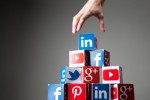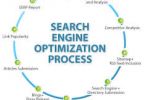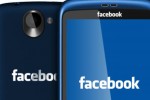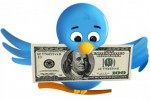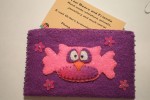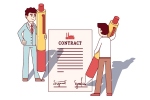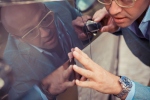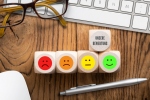A company’s branding is like a jigsaw puzzle: Only by fitting together many different pieces is the complete brand picture laid clear. These pieces that define a company’s brand are its trademarks, slogans, work culture, outlook, mascots, social media presence and anything else that sets a business apart from others and elicits an emotional response from consumers.
One of the most visible pieces of the branding puzzle is the company logo. Company logo styles are as varied as the companies they represent, from intricate illustrations (Metro Goldwyn Mayer) to simple shapes (Nike).
Your logo reflects your company’s outlook and culture, reminding customers why they chose to do business with you in the first place. It will be lasting and should be memorable, so give it the consideration it deserves. If you aren’t a graphic designer, consider hiring a logo designer to do the artistic work.
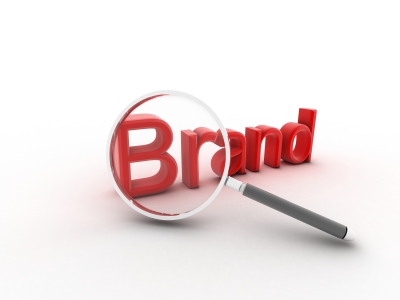
But before anyone starts drawing, you need to do a little creative brainstorming to figure out just what your logo should be.
The Logo Font
A logo doesn’t necessarily need a graphic element, just the company name presented in a memorable and interesting way (for example, eBay and Coca-Cola). You want a unique logo, so choose a unique font; avoid widely used fonts. You might have to purchase or, if you have the skills, design your own font for your logo.
Think about your brand and brainstorm a list of adjectives that describes it. Is it a relaxed atmosphere prides itself on its colorful employees? Or is it a more strait-laced, traditional business? Once you have your list of adjectives, look for a font with the same qualities.
The Logo Graphic
Like the font, the graphic in your logo represents your business, your brand and your culture. The key here is to avoid thinking literally. A car dealership shouldn’t put a wheel in the logo, and a travel agent shouldn’t use an image of an airplane. These obvious, literal representations are expected and therefore less memorable. An unexpected logo will be remembered.
Go through the same process for the graphic that you did for the font. Brainstorm images and shapes that illustrate or epitomize those adjectives you came up with. Draw sketches, find clip art or stock photos or snap your own digital images to collect your ideas, and then combine the shapes and imagery in a memorable, unique way.
If you’ve hired a professional graphic designer, pass her your notes and let her know which parts must appear in the logo. In general, though, give her guidance, but give her options and then let her work.
Making the Choice
Once you have some prototype logos, show them to people outside the logo-creation process. New eyes can see things in your logo that you might not notice. For example,
- Does the logo (and especially the negative space in the logo) look like something else that you don’t want to be associated with? The Internet is rife with logos that inadvertently resemble body parts.
- Does it look too much like another well-known logo? Aside from the danger of legal action, resemblance to another logo can link you to that other company in customers’ minds.
- Does it contain any accidental symbols or abbreviations that might be detrimental to your brand? For example, a radially symmetrical, angular logo can quickly turn into a swastika.
- Do the shapes elicit any negative emotional responses? If that silhouette of an adorable Chihuahua looks like a scary rat to other people, you might want to rethink the image.
Most importantly, does the logo communicate your brand well? When you’re showing others your prototypes, ask them what sort of company culture and outlook they think the image represents. Their answers need to approximate yours.
Remember too that your logo will appear in many different places in many different situations. It needs to look good both large and small as well as in full color and black-and-white.
The process sounds simple enough, but it’s really time-consuming and requires loads of creativity. To get your creative juices flowing, you can find plenty of places online that highlight well-done and clever logos, and you should spend part of your time browsing through those. Who knows? If you find the right logo for your business, it might end up featured in a list of awesome logos someday.



